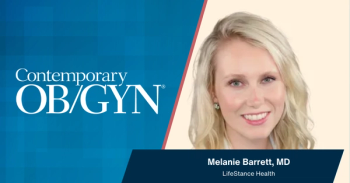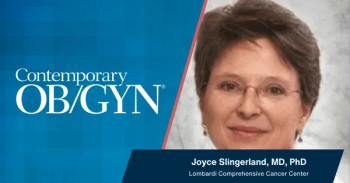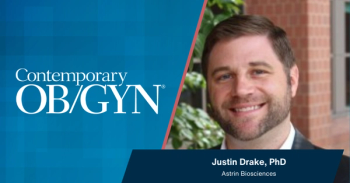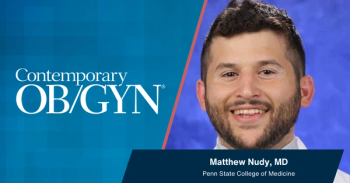
New Findings Could Improve Surgical Treatment of Prolapse, SUI
The two widely used surgeries for apical prolapse work equally well for both apical prolapse and stress urinary incontinence two years postsurgery, research shows.
The two widely used surgeries for apical prolapse are equally safe and effective at two years postsurgery.
Researchers report in the
Pertinent Points
- The two widely used surgeries to treat pelvic prolapse, sacrospinous ligament fixation and uterosacral ligament suspension, are equally safe and effective at two years postsurgery.
- Behavioral therapy with pelvic floor muscle training, however, did not improve urinary symptoms at six months or prolapse outcomes at two years.
The researchers also reported that behavioral therapy with pelvic floor muscle training did not improve urinary symptoms at six months (adjusted treatment difference, −6.7; 95% CI, −19.7 to 6.2) or prolapse outcomes at two years (adjusted treatment difference, −8.0; 95% CI, −22.1 to 6.1).
The study was conducted between 2008 and 2013 at nine US medical centers.
"This is the largest, most comprehensive study of its kind to compare these two surgical procedures and examine the potential for added benefit from pelvic floor muscle training," explained study author Susan Meikle, MD, project scientist for the Pelvic Floor Disorders Network of the Eunice Kennedy Shriver National Institute of Child Health and Human Development (NICHD). "The results provide sound information that patients and their physicians can use to plan the most appropriate treatment."
After two years, there was no statistically significant difference in the success rates of the two types of surgery (ULS, 59.2% [93/157] vs SSLF, 60.5% [92/152]; unadjusted difference, −1.3%; 95% CI, −12.2% to 9.6%; adjusted odds ratio [OR], 0.9; 95% CI, 0.6 to 1.5). There was also no statistically significant difference in serious adverse event rates (ULS, 16.5% [31/188] vs SSLF, 16.7% [31/186]; unadjusted difference, −0.2%; 95% CI, −7.7% to 7.4%; adjusted OR, 0.9; 95% CI, 0.5 to 1.6).
The authors explained that compared with previous studies, the success rates they reported are low because they used stricter criteria for defining success.
"It's helpful that we now know that, on the whole, these surgical techniques are very similar in the advantages they offer patients," said Matthew D. Barber, MD, of the Cleveland Clinic in Ohio, who led the study. "Physicians skilled in both techniques can now tailor their surgical recommendations to each patient's individual case."
Newsletter
Get the latest clinical updates, case studies, and expert commentary in obstetric and gynecologic care. Sign up now to stay informed.











